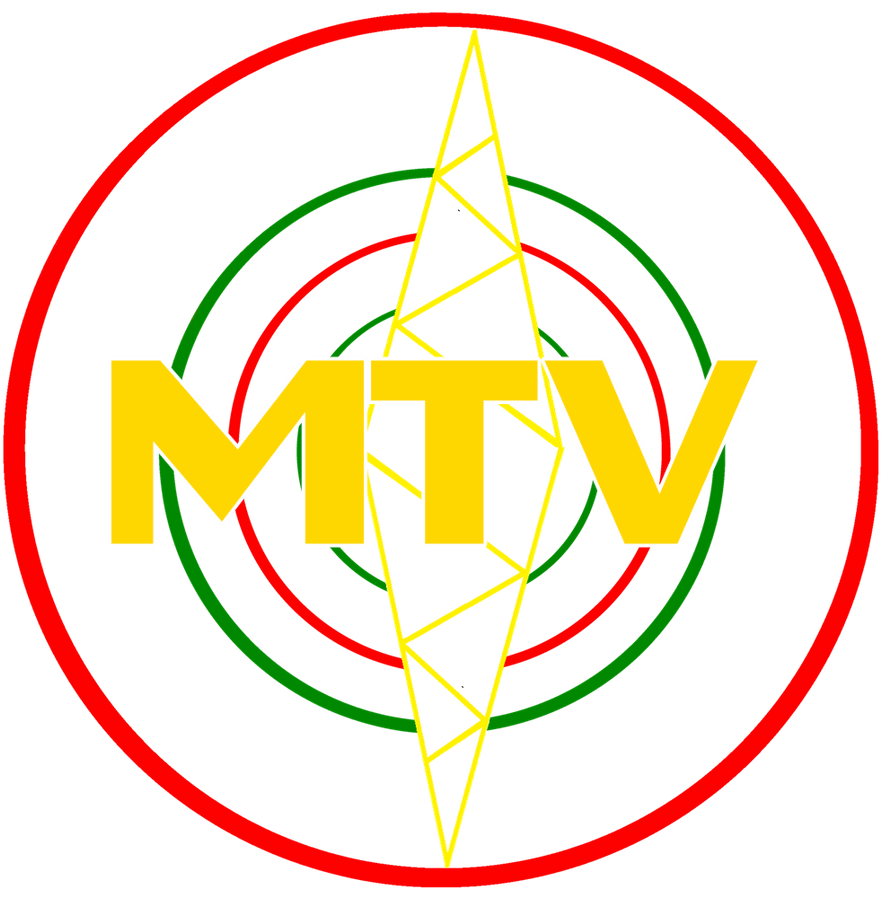Some insets from musings I have for a very different take on a parliamentary US, although indeed, loads of things are different so I don't want to draw big analogies with OTL.
And some logos (and info):
The
National Progressive Party, colloquially known as the
Nats, is a right-of-centre national political party in Columbia. It was created in 1926 following the merger of the National Party and the Progressive Party. Through the National Party, it traces its origins to the country's independence from the United Kingdom in 1834 and to the Columbian Whig Party during the late colonial period. The party originally opposed the Federal Party and its successor, the People's Party, but since the rise of the labour movement in the late 19th century, the party became the main centre-right party in Columbia opposed to the centre-left Labor Party.
The National Progressive Party is considered one of the most historically-successful parties in the world. Since the National victory in the Federal Rebellion, the NPP held power almost consecutively between 1857 and 1939. In 1926, the party was founded after the right-wing National Party integrated the Progressive Party, the political vehicle of the early 20th century progressive movement. Since 1950, it has held office for nearly 44 years. The National Progressive Party held power continuously between 1962 and 1979 under the premiership of William W. Scranton (1962-1975) and William M. Milliken (1975-1979). Scranton's success and popularity re-defined the National Progressive Party, and he remains a historical and ideological cornerstone for the party today.
The successive premierships of Henry Chafee, Charles Baker and xx (2002-2014) represent the NPP's most recent stint in power. The NPP is broadly considered a "big tent" party, incorporating a broad variety of ideological perspectives. Although it is generally considered to be on the right of the political spectrum, the party de-emphasises major ideological issues, instead embracing Burkean pragmatic conservatism and Scrantonian managerial liberalism, focused on fiscal responsibility, support for economic growth through education and infrastructure investment and a timidly progressive social agenda.
***
The
Laborers' Party, more commonly known as
Labor, is a centre-left national political party in Columbia. Labor has been in power since 2014, with the current party leader, Sherrod Brown, serving as the current First Secretary.
Labor was founded in 1901 in Chicago as the merger of the Columbian Workers' Party and the Social Democratic Party. Labor traces back its origins to the first political associations of left-leaning workers in Columbia during the 1880s. Following its creation, the party grew rapidly, quickly becoming the country's main centre-left party, a position it retains to this day.
Labor became a social democratic party in 1925, after a series of splits of left-leaning members to form the Socialist Labor Party and the Columbian Communist Party in 1919 and 1921 respectively. Previously, the party has been in power between 1939 and 1950, 1954 to 1962 and again between 1982 and 1986, 1988 and 1994 and from 1998 to 2002. Labor has usually governed in coalition or with the support of the Farmers' Union, a western Columbian Christian-left political party. Labor First Secretaries like Gerhard Williams and Humbert Humphrey established the bases and later expanded the modern Columbian welfare state.
During the 1980s and 1970s, following the long spell in opposition, Labor remained deeply divided between the so-called moderniser wing, led by Michael Dukakis and the movement branch, led by First Secretaries like Mario Cuomo and Robert Rae. In this period, the party legalised abortion, granted further autonomy to the provinces and expanded social services. Unlike the NPP, which is closely associated with the Presbyterian, Episcopalian and Congregationalist churches, Labor is a secular party, drawing its support from ethnic-majority areas and from trade unions' members. The party advocates policies like a higher minimum wage, increased income taxes for high-income individuals and larger corporations, LGBT rights, expanded social services or reducing the country's poverty rates.











